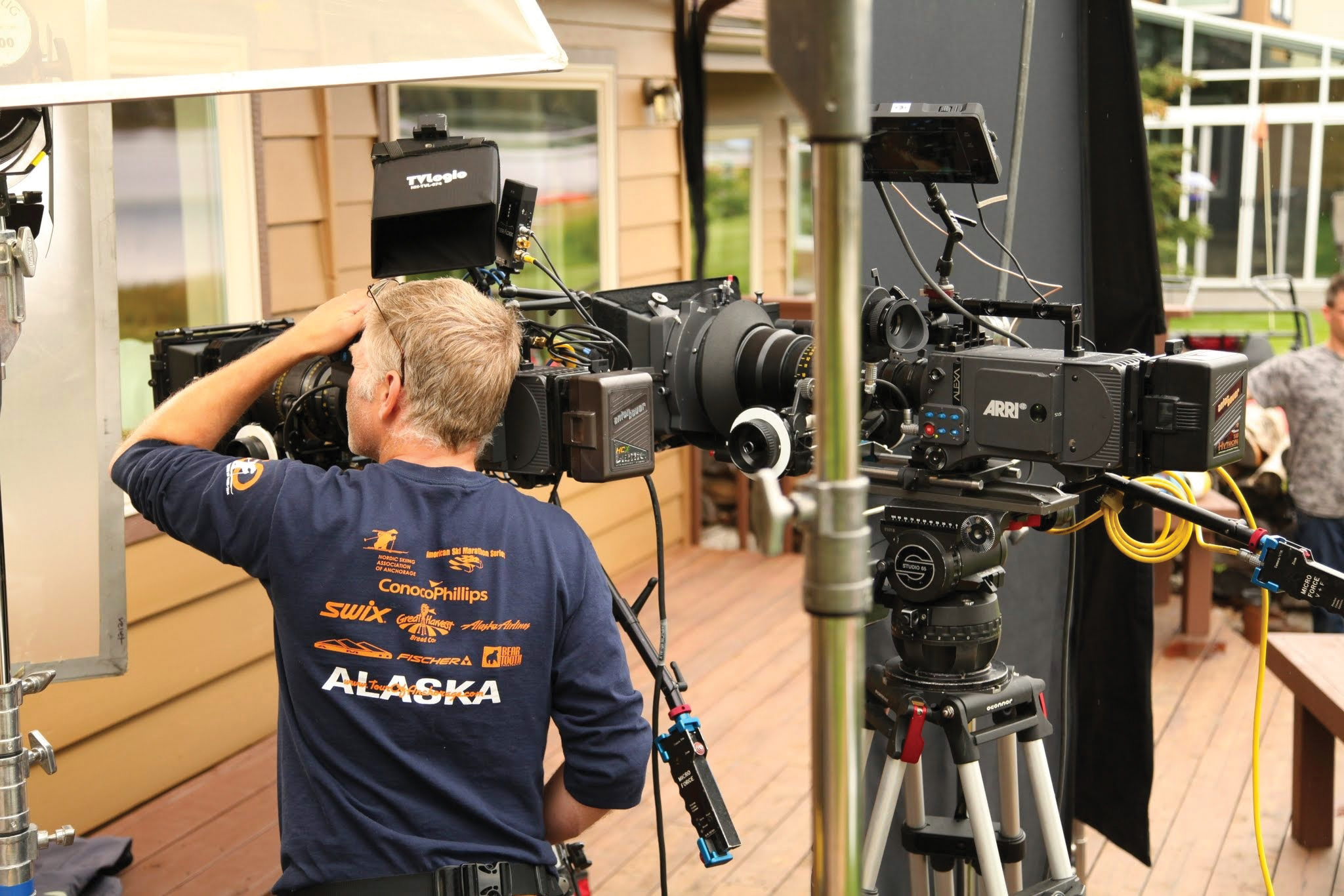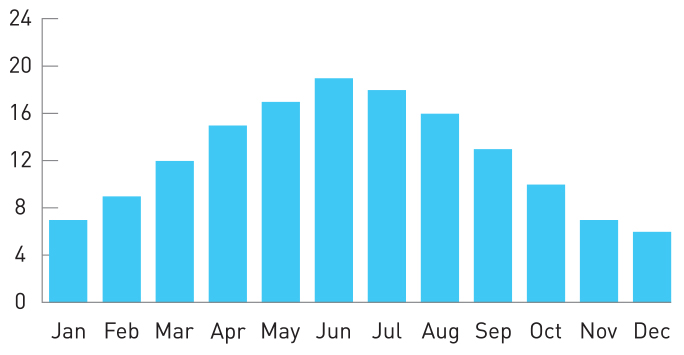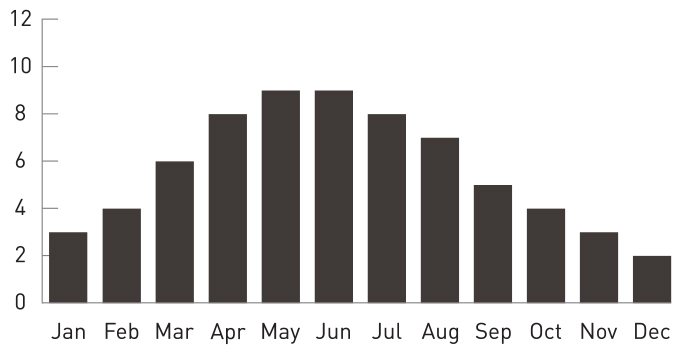We benefited from the co-operation and enthusiasm of almost everyone we worked with locally, from the helicopter pilots to the dog mushers to the vehicle owners and various local vendors. This local support was critical.
Bob Karwoski, Assistant Director



